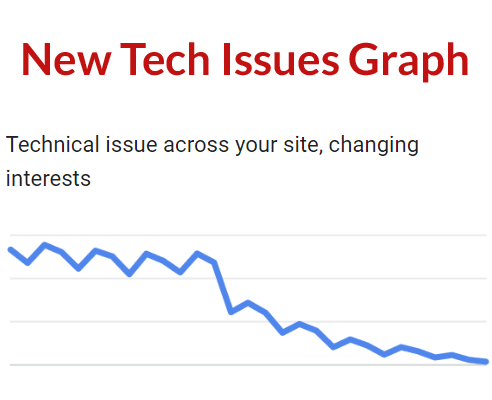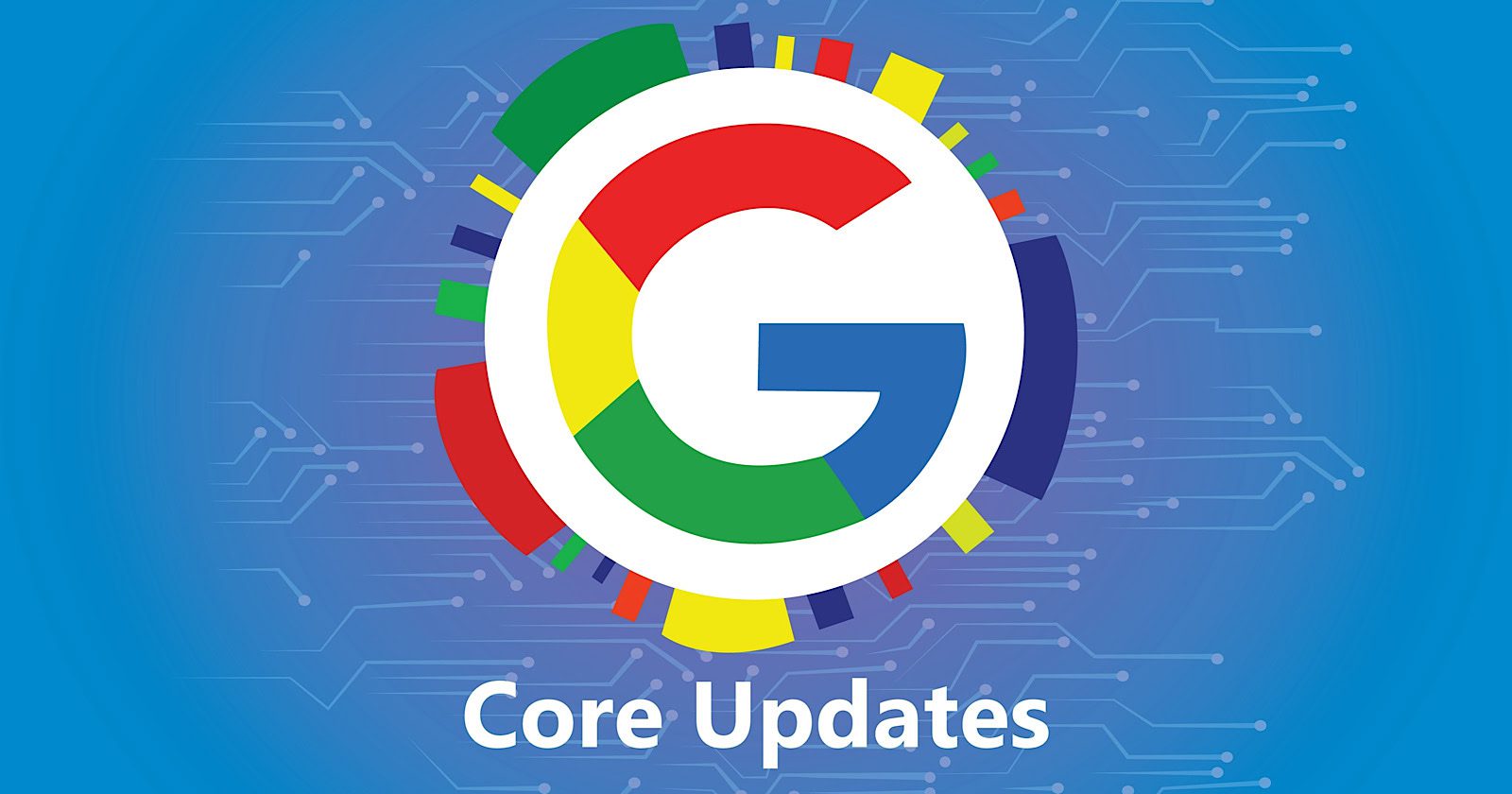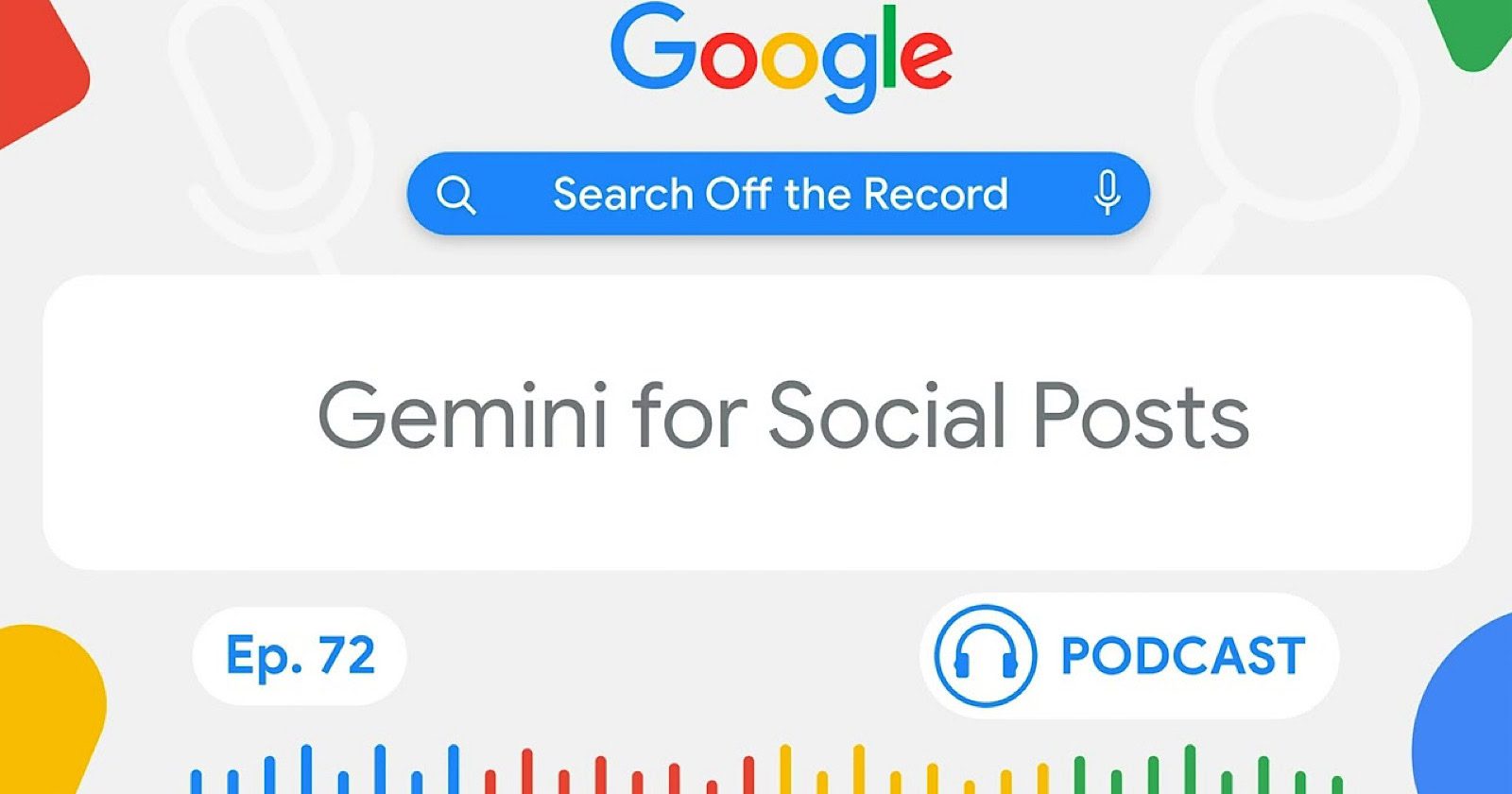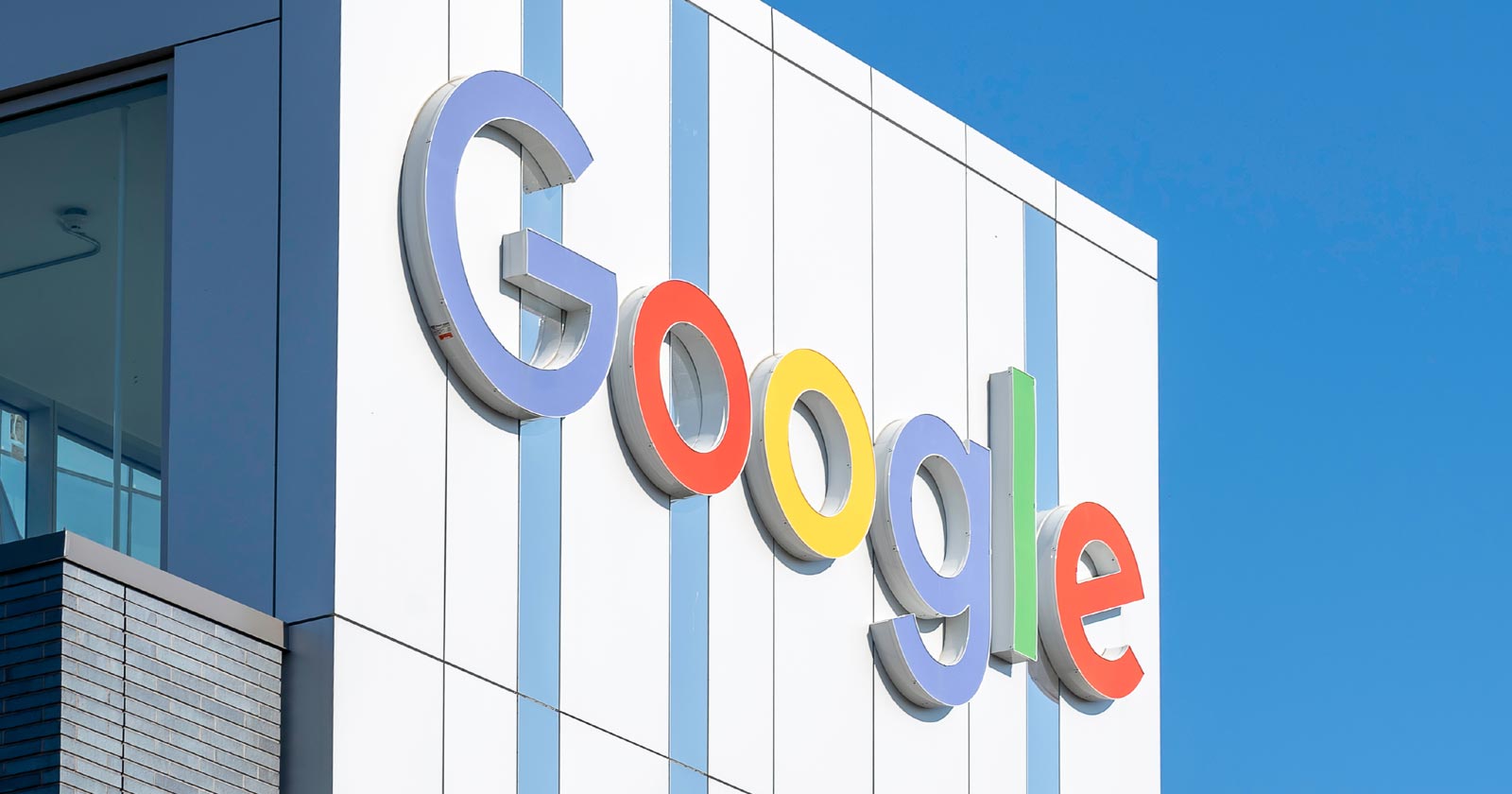Google’s Gary Illyes On AI, Site Migrations, & “SEO Is Dead” Claims via @sejournal, @MattGSouthern

Following the recent SERPConf event, Google Search Analyst Gary Illyes shared insights that provided a glimpse into the latest trends and challenges in the SEO world.
His LinkedIn post touches on a range of topics, from technical issues to the role of AI, providing a thorough overview of the industry’s current state.
Addressing hreflang Frustrations
One key discussion area was the ongoing struggle with hreflang, a markup that indicates a website’s language and regional variations.
Illyes acknowledged the difficulties, stating, “hreflang is annoying. I don’t disagree.”
However, he was open to finding a better solution, adding:
“I’m still very open to coming up with something less annoying, but it needs to work for small sites and mammoths as well, while delivering at least the same amount of information.”
The AI Conundrum: Fear vs Innovation
The rise of AI, particularly generative AI, was a hot topic at the conference.
While some attendees expressed concerns, Illyes offered a balanced perspective.
“AI is a tool that you can use and, just like with any tool, misuse. It’s not in any way different from any other feature accessible to you.”
He encouraged SEOs to “use it as you like, liberally and innovatively” but cautioned against contributing to the abundance of low-quality content already present online.
Site Migrations: A Persistent Challenge
Another area of concern highlighted by Illyes was the ongoing issue of site migrations gone wrong.
“This shouldn’t happen,” he stated, urging webmasters who have experienced prolonged issues with site migrations to contact Google for assistance.
The Persistent “SEO is Dead” Myth
Addressing the recurring claim that SEO is becoming obsolete, Illyes dismissed it as a cyclical phenomenon.
“Every single time something changes on search engines there’s a plethora of posts published about how SEO is dead now,” he remarked.
Drawing from the history of search engines, he added:
“Looking at the history of search engines and according to these posts, SEO has been dying since cca 2003. Hell of a slow death.”
Why SEJ Cares
As SEO evolves, with AI and other emerging technologies playing a prominent role, Illyes’ insights show there are both challenges and opportunities.
His willingness to address concerns head-on and acknowledge areas for improvement may foster a more open dialogue between Google and SEO professionals.
How This Can Help You
There are several key takeaways for SEO professionals:
- Stay tuned for potential hreflang improvements. Illyes suggested that changes could be on the horizon.
- Embrace AI responsibly. Illyes encourages SEO professionals to explore these technologies innovatively while emphasizing the importance of maintaining high standards and producing quality content.
- Reach out to Google regarding site migration issues. With site migrations being a pain point, Illyes’ recommendation to escalate prolonged issues highlights the need for proactive communication with Google.
- Tune out the “SEO is dead” noise. Illyes offered a reality check for those overwhelmed by doomsday narratives. Understanding that the industry has weathered similar claims can help you maintain focus.
Featured Image: fran_kie/Shutterstock











